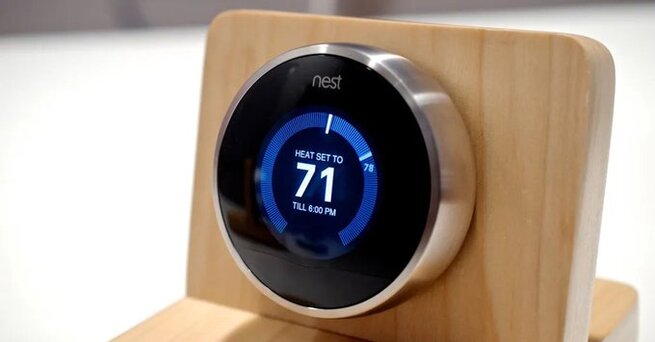Alerts


Many users are asking why Google is collecting troves of data from downgraded Nest thermostats even after turning off remote control features. Reports from security researchers reveal that older first- and second-generation Nest Learning Thermostats continue sending data such as temperature changes, humidity levels, motion detection, and sunlight exposure. This discovery has sparked questions about data rights, long-term device support, and how much information smart home gadgets silently transmit behind the scenes.
The biggest concern is that downgraded Nest thermostats still share detailed logs with Google despite losing smart functionality. According to researcher findings, these legacy devices upload information on room presence, manual adjustments, ambient light, and environmental readings. While intended for diagnostics, the volume of data raises eyebrows—especially since users no longer benefit from remote access or app-based controls.
The issue came to light after developer Cody Kociemba built a workaround to restore lost smart features through an open-source project. When cloning Google’s API, he unexpectedly received extensive logs from customer devices, revealing how much data Nest thermostats continue to transmit. This has renewed conversations about right-to-repair, the ethics of sunsetted devices, and whether companies should disable or limit data collection on unsupported hardware.
Many homeowners now wonder whether they should worry about privacy because Google is collecting troves of data from downgraded Nest thermostats. While the company states that logs are used for performance and safety, experts argue that users deserve clearer disclosures—especially when a device loses features but keeps sending information. As smart home ecosystems grow, transparency, consent, and user control remain key to building trust.

𝗦𝗲𝗺𝗮𝘀𝗼𝗰𝗶𝗮𝗹 𝗶𝘀 𝘄𝗵𝗲𝗿𝗲 𝗿𝗲𝗮𝗹 𝗽𝗲𝗼𝗽𝗹𝗲 𝗰𝗼𝗻𝗻𝗲𝗰𝘁, 𝗴𝗿𝗼𝘄, 𝗮𝗻𝗱 𝗯𝗲𝗹𝗼𝗻𝗴. We’re more than just a social platform — from jobs and blogs to events and daily chats, we bring people and ideas together in one simple, meaningful space.

Comments